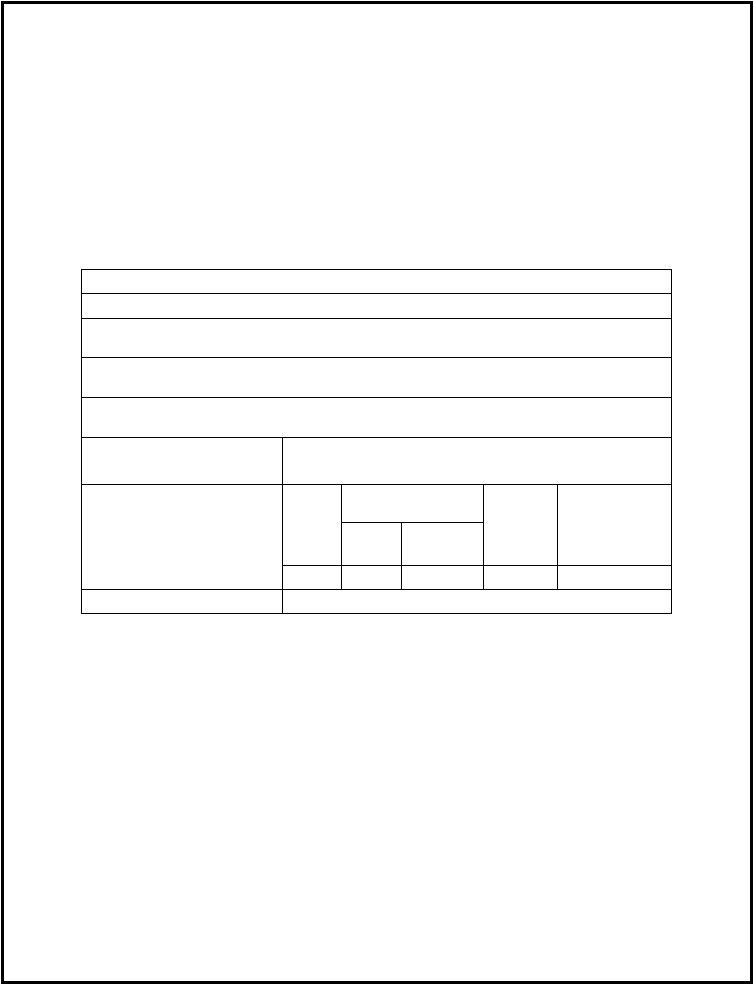
SAE J2735-Draft-Rev28 [issued: 11-10-08]
-
262 -
This is an SAE Motor Vehicle Council draft document of the DSRC committee, subject to change.
Annex C-4 Cooperative Forward Collision Warning
Application Description
The cooperative forward collision warning (CFCW) system application is a vehicle-to-vehicle (V2V)
communication based safety feature that issues a warning to the driver of the host vehicle in case of an
impending rear-end collision with a vehicle ahead in traffic in the same lane and direction of travel. CFCW
will help drivers in avoiding or mitigating rear-end vehicle collisions in the forward path of travel. The
system does not attempt to control the host vehicle in order to avoid an impending collision.
Flow of Events
Flow of events
1.
Vehicle “A” sends MSG_BasicSafetyMessageFrame, periodically
2.
Vehicle “B” receives and processes messages, and determines if Vehicle A is traveling ahead
in traffic int eh same lane and direction of travel.
3.
If so determined, Vehicle “B” processes the message information further to determine the
threat level of a rear-end crash with Vehicle A.
4.
Based on the threat level determined, Vehicle “B” warns its driver of the potential rear-end
crash.
Hardware Devices:
DSRC radio
Positional and vehicle sensors
Human-Machine Interface
Occupant
Vehicle
System
Driver
Passenger
Service
Provider
Road
Department
Actors: (What entities play an
active role in use)
X
X
Support information:
CAMP-VSC Task 3 Report, 2003
Concept of Operations
This application is similar to the Emergency Electronic Brake Light scenario (Annex A-2). In the
Cooperative Forward Collision Warning scenario, however, the application warns the driver when the
possibility of a collision with a vehicle in front of the host vehicle becomes likely, whereas the brake light
application simply informs the driver of the onset of “hard” braking based on an indication of braking rate.
The concept of operation of the CFCW application can be explained as follows: Every vehicle that is
equipped with DSRC will broadcast the common V2V safety message set including the path history at a
certain frequency (the contents of the safety message broadcast will be defined in the
MSG_BasicSafetyMessageFrame, Part I and MSG_BasicSafetyMessageFrame, Part II messages).. The
CFCW application in the host vehicle receives the safety message set regarding the state (i.e., position,
velocity, and acceleration, etc.) of remote vehicles within its communication range. Using such information
along with its own state, and the relevance of the target location determined by the host vehicle, the host
vehicle determines the likelihood of a rear-end collision with a remote vehicle ahead in its lane and
calculates the necessary warning threat level[RS10]. The threat level is used to further determine the
appropriate warning through the vehicle’s driver vehicle interface.

